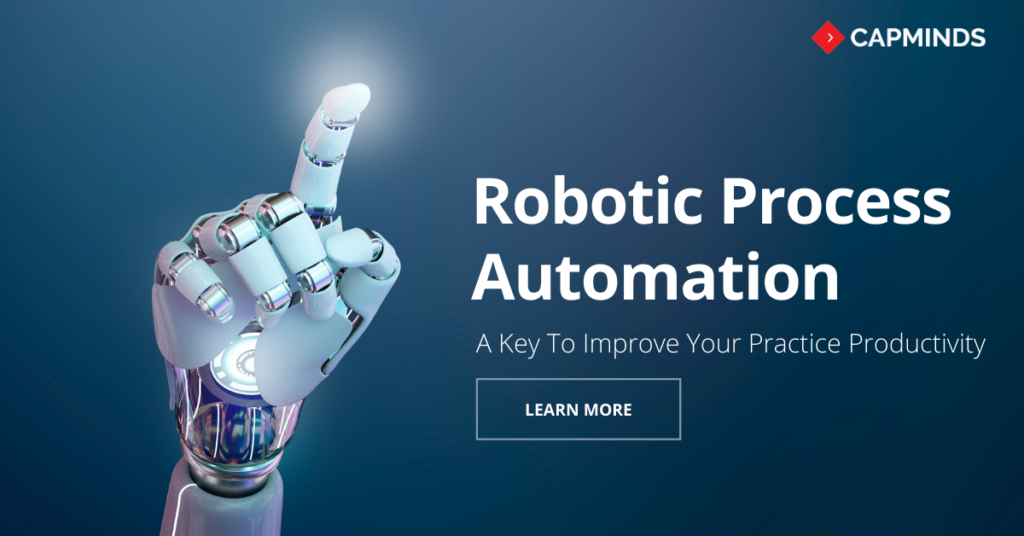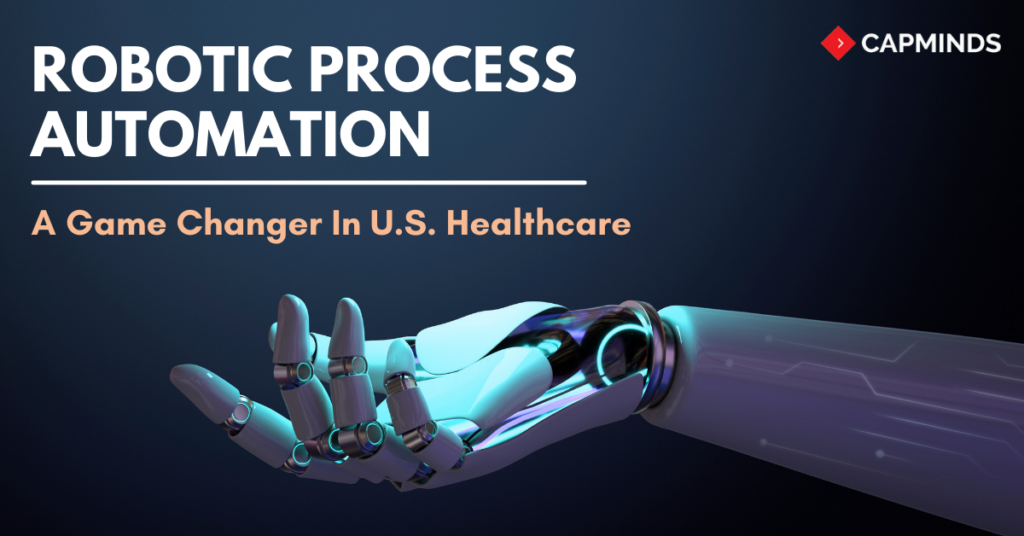Robotic Process Automation: A Key To Improve Your Practice Productivity
Robotic process automation (RPA) is a software technology that allows users to handle health services done manually by them easily, by colliding with the digital workforce. In this fast-moving world, the burdens and tedious work handled by health service providers and physicians are increasing in bundles.
This is where Robotic Process Automation comes in handy. There are many easy ways to reduce this burden of handling manual work by the providers, using this technology. This article is created for you, to give a fair idea about the practice productivity you can yield using RPA.
Robotics: An invisible AI
Robotic Process Automation is not Artificial Intelligence and vice-versa. People tend to get confused between them. Both are different, but when combined, it provides keys to unlock an enormous amount of opportunities in various industries.
People may often think of Robotics as purely a technical term relating to space research, automobile manufacturers, information technology, etc. But here, Robotic refers to the intermediate invisible helper/assistant which has no physical form. RPA technology has already started transforming the efficiency, compliance, and working capacity of the healthcare stream to greater success.
Robotic Process Automation has become a key feature in the industry of healthcare, as it makes everything done by the providers easier to access and deal with.
It is not a canned process. As it does not have any particular paradigm to follow, it can be programmed according to the requirements of the particular physician or provider.
The pros of using RPA in healthcare
The adoption of Robotic Process Automation makes all kinds of manual labor, including navigating systems, collecting and extracting data, billing, recording, transferring, and performing a wide range of defined activities, by almost all the different types of industries in the whole world.
It becomes very useful when it comes to the Medical/healthcare sectors. Various Healthcare firms provide services like medical billing, coding, credentialing, coding audit, telehealth, Remote Patient Monitoring (RPM), Electronic Health Records (EHR), etc. RPA guides and helps the providers to do everything uncomplicated.
RELATED: THE TOP CHALLENGES OF RPA IMPLEMENTATION
Increase your production: Using RPA Solutions
1. Digitization of records
The provider can digitize all the functions they do with collecting, recording, and transmitting the data they procure from the patients.
This helps the workers to avoid mundane work. It also works as a streamline for the firms, to attend to their users and assist them, without facing any obstacles.
As people do not want to spend more time in follow-ups these days, if you adopt the usage of RPA in your services, this will ensure a spike in your service production.
2. Always listen to your users/patients
Robotic Process Automation helps the providers to work with their patients, even closer to confidentiality. This platform helps the users, by reducing their time consumed on booking appointments, transferring their records in-person to the physicians, transportation costs, etc.
So they definitely will make use of this service to make their work easier. A positive patient experience is very important for improving the services they offer which results in improving the provider’s growth.
Many users have already started preferring the use of this kind of technology. So it’s better to start working on the RPA to increase the flow of users.
3. Data transformation-automated
Data transformation is a process of converting data from one format or structure into another format or structure.
RPA makes automatic extraction and transformation of data, from applications used by clinics, lab Information systems, other third-party portals, insurance portals, etc., and automatically processes activities using artificial intelligence that connects with applications like EHR technology.
4. Time management
The usage of Robotic Process Automation will ensure the reduction of time required for all the work done by the providers, traditionally.
This gives great benefits to the users, by cutting off the time they take for booking appointments in person, getting the paperback results for examinations they undergo, then carrying and transporting them to the respective place and visiting their service providers.
They can just skip all these steps in a few clicks using this system. Thus saving their precious time productively. This also helps the physicians to use that extra time, to be productive, and focus on their patients instead. RPA helps create easy access to the provider as well as the receiver.
5. Reduction of errors and mistakes
This software uses automated services to carry out the tasks fed to it. It is a well-programmed software that gives no way for errors. Some techniques are used by creating username and password, which is used by the users so that leakage and theft of user information are reduced to a great extent.
RPA functions as a source, on which one can rely, to work without making errors and mistakes. It achieves this no-error goal because it is well-pre-programmed.
So, What are you waiting for?
Now we all know how Robotic Process Automation helps providers in increasing their productivity. It will surely increase your turnover in the future. The year 2022, is all about going digital.
So, the question here is, “Where can you find the services?”. And now you have reached your exact destination – “CapMinds” where you can find answers to all your queries. We are here to serve you with all kinds of assistance you need to excel in your field.
“Let’s automate your healthcare processes, together”
Our services are a click away





